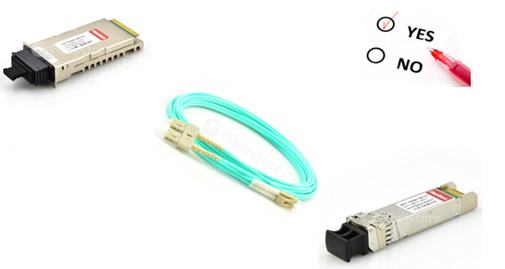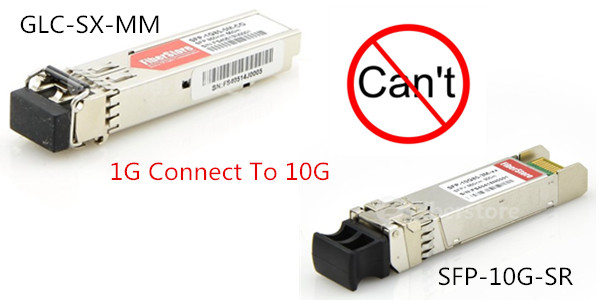100G transmission within data centers has made possible by using standard optical transceivers such as CFP and QSFP28 transceiver modules. Though they offer perfect fits for transferring 100G traffic within the rack and the data center, it becomes a problem when 100G traffic needs to be transported over long distances, like connectivity between geographically dispersed data centers over long distance (say over 40 km). This is where 100G DWDM QSFP transceiver finds its role to play. DWDM technology is nothing new to us since DWDM SFP transceivers have adopted in volume to expand 10G network capacity. 100G DWDM QSFP is very similar to its predecessor in regard to functionality, but it is typically applied in 100G network over longer span.

Traditional DWDM solutions are designed for telecom carries that most companies cannot afford, which hinders it for being used in data centers. However, data centers are confronted with the ongoing demand for expanding network capacity over longer distances. Which drives the needs to replicate or transfer traffic between geographically separated data centers. In this case, either conventional DWDM solution or QSFP28 transceiver is sufficient. 100G DWDM QSFP transceiver thus becomes the technology of choice for 100g DWDM optical networking transport over long distances (up to 80 km).
100G DWDM QSFP is based on an advanced modulation technique – PAM4. It takes the same form factor as 100G QSFP28 transceiver and can be used directly on switches with QSFP28 slots. The main advantages of DWDM QSFP PAM4 is the easiness to use regular electronics and optical components suitable for QSFP28 form factor. The power consumption is dramatically reduced and can be used for data center interconnect application. The drawbacks, however, is that DWDM QSFP PAM4 requires amplification and dispersion compensation system on the optical link for reach longer than 5km at 100Gbits.

QSFP DWDM PAM4 provides a cost effective solution for metro Data Center Interconnect (DCI) for up to 80km reach at 100 Gigabit/s speed. The 100G DWDM QSFP leverages IEEE CAUI-4 4x25G electrical interface and is compatible with standard 100G QSFP28 ports. On the optical side, it combines two wavelengths into a duplex fiber with the center wavelength aligning with 100GHz grid. 100G DWDM QSFP PAM4 is available in 40 different channels on the 100GHz ITU-T grid to provide a maximum bandwidth of 4Tbps over a single pair of fiber.
Interconnecting geographically dispersed data centers is critical to maintain application agility to meet various business needs, while data intensive applications are driving the rapid growth of cloud networks. 100G DWDM QSFP transceiver delivers up to 4Tbps of bandwidth for up to 80km reach between data centers. This can be achieved by using DWDM Mux/Demux, amplifier and dispersion compensator. The Mux/Demux combines the different wavelengths of light into a pair of fiber. EDFA are used to boosts the signal. And a dispersion compensator is needed for applications over 5km. And DWDM is providing for efficient use of the single fiber pair with up to 40 wavelength multiplexed.
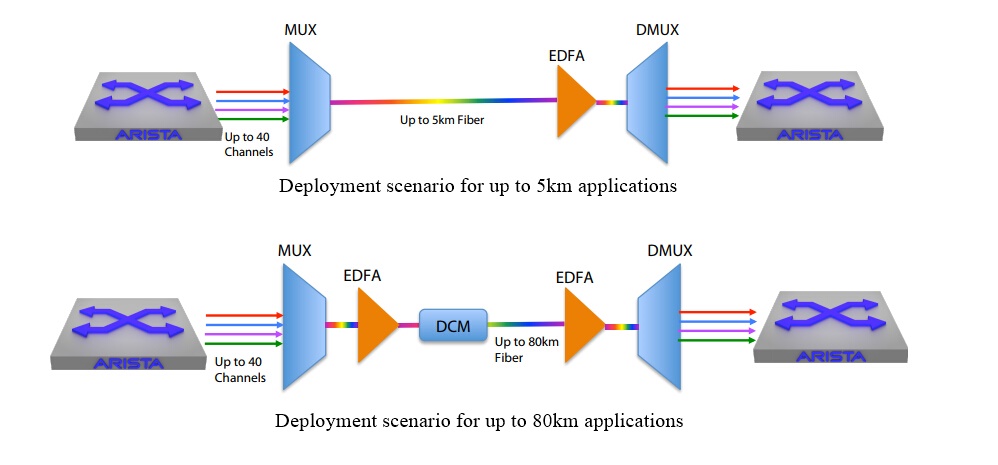
The emerge of 100G DWDM QSFP PAM4 is a significant step forward in overcoming the difficulties of DWDM networking in data center equipment. ACG Research covering data center service providers indicated that 30-80 km optical reach is needed for about 30% of their data center interconnections, which predicts the prosperity of 100G DWDM QSFP transceiver.
Related Article: 100G PAM4 QSFP28 or Coherent CFP

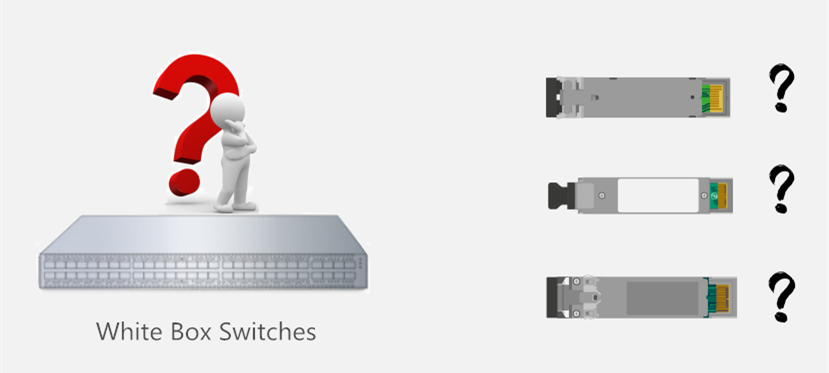
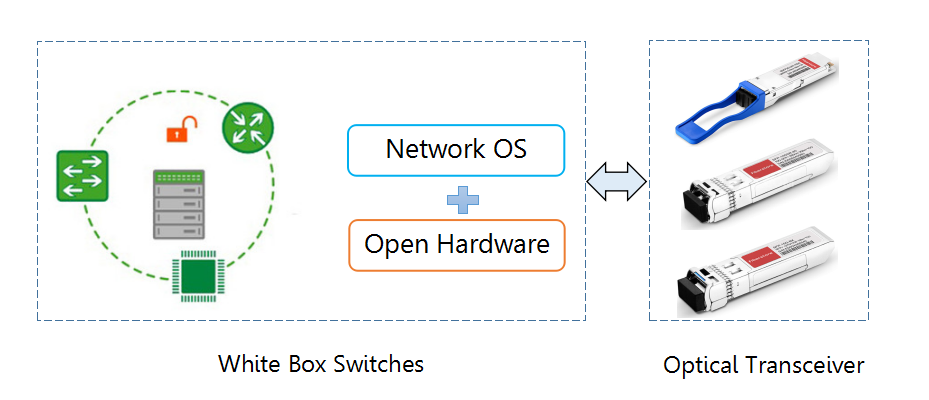
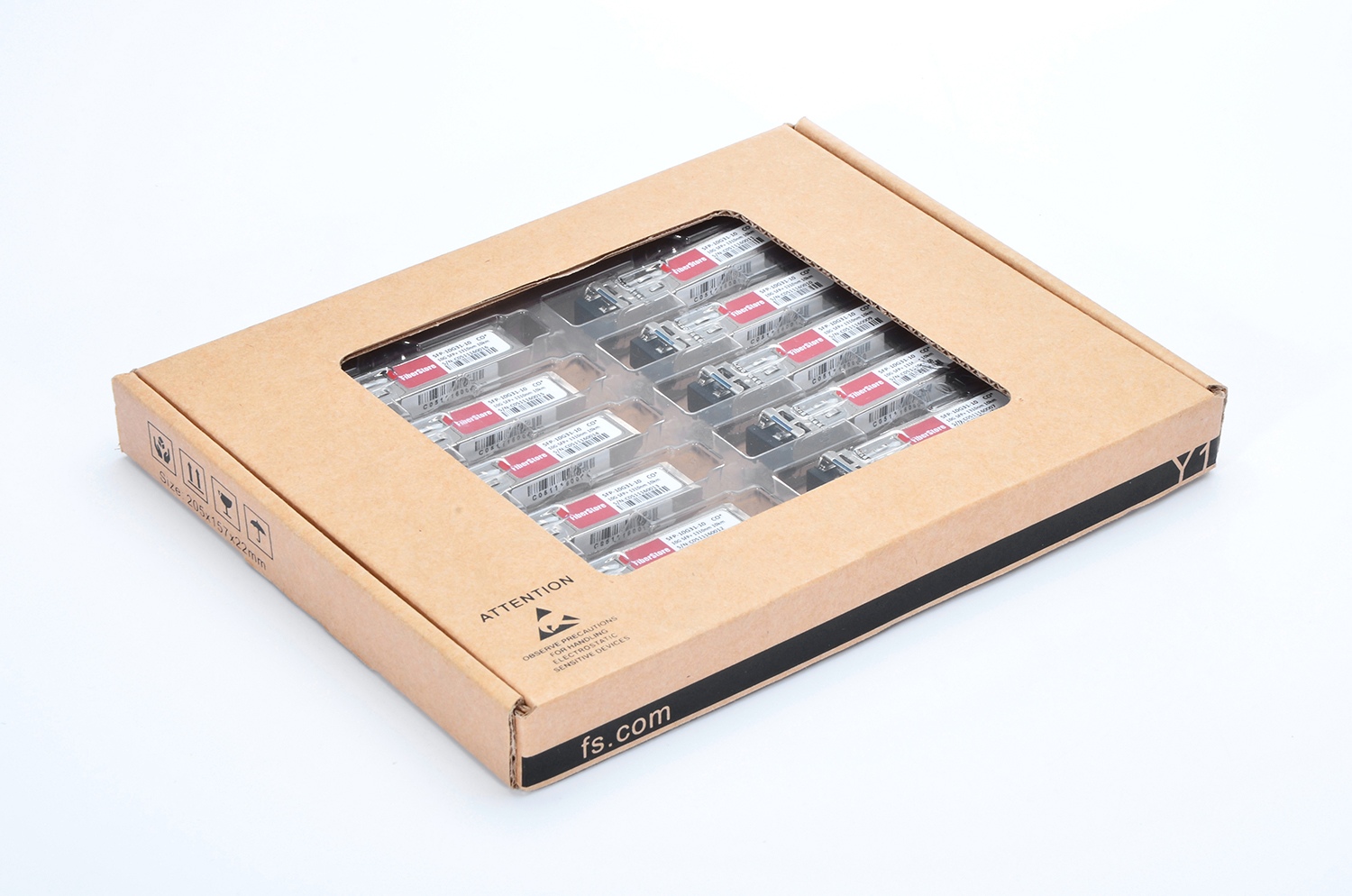 erfaces from several sources, all battling for the design win. MSAs have also triggered a near-decade of innovation, resulting in form factors from the 300-pin large form factor transponder MSA to the pluggable SFP+, less than a 60th its size.
erfaces from several sources, all battling for the design win. MSAs have also triggered a near-decade of innovation, resulting in form factors from the 300-pin large form factor transponder MSA to the pluggable SFP+, less than a 60th its size.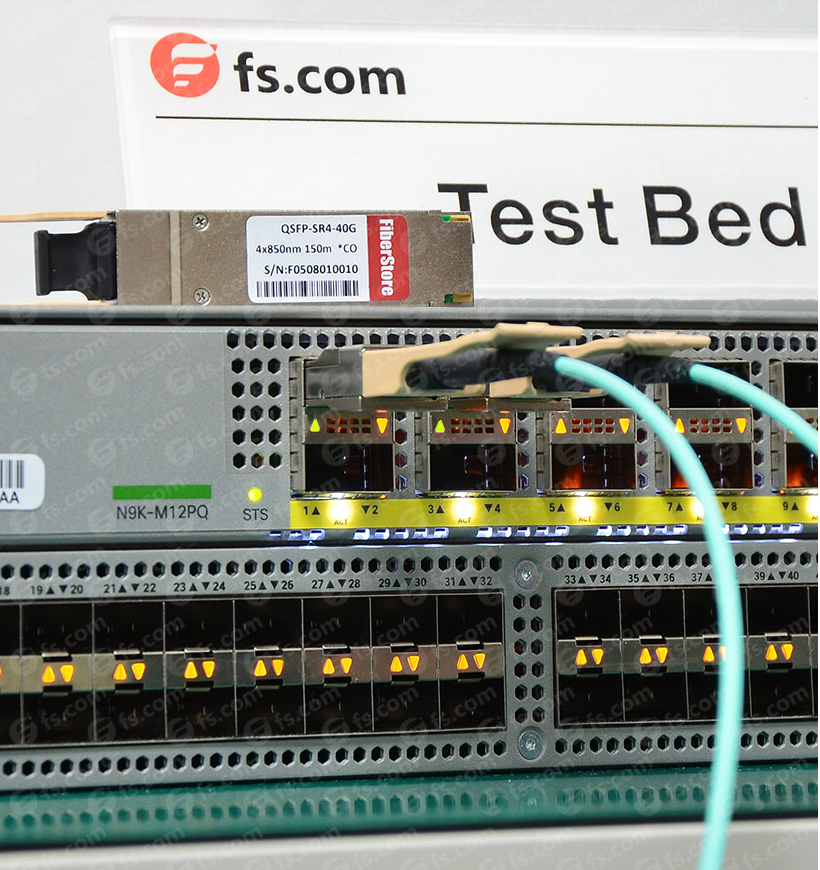 with the fierce competition instigated by MSAs. In turn, optical transceivers are now a permanent industry fixture and they can’t be conjured to disappear.
with the fierce competition instigated by MSAs. In turn, optical transceivers are now a permanent industry fixture and they can’t be conjured to disappear.